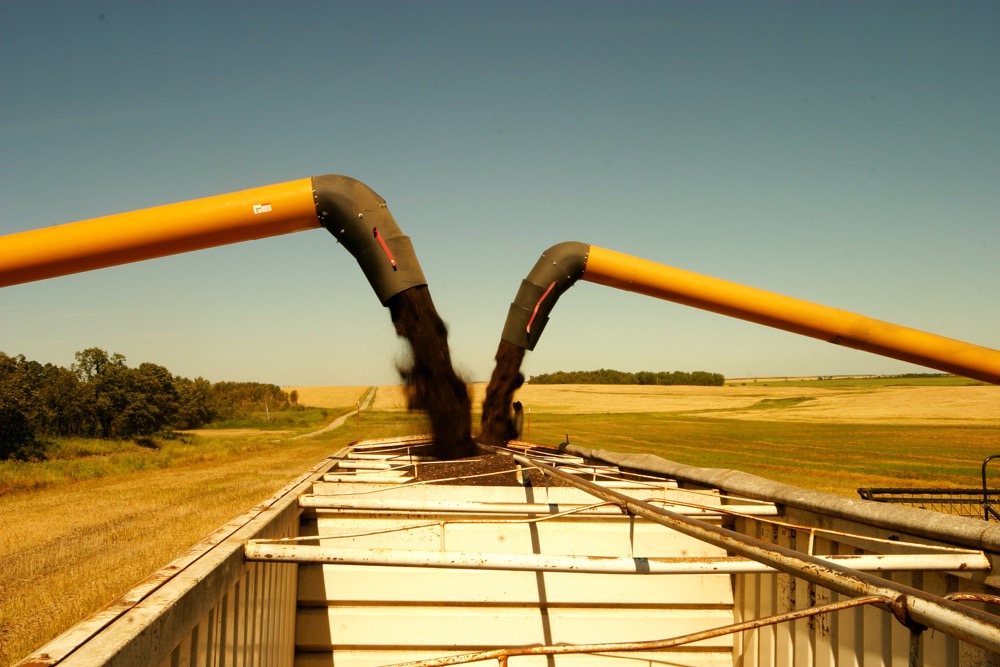After Statistics Canada issued its updated crop production report on Sept. 13, canola on ICE Futures took a bit of an upswing. Such was a given, as the federal agency dropped its estimate for 2021-22 canola production, from the 14.7 million tonnes it predicted in its Aug. 30 report down to 12.8 million.
Unlike the reaction to sharply reduced canola production about two weeks earlier, in which the market took a ‘ho-hum’ attitude, the latest decline sparked a bit of a rally. The November contract gained $8 per tonne that day, followed by $10.60 on Sept. 14 and $7.50 the next day.
Read Also

Canadian canola prices at a potential inflection point
The week ending July 24, 2025, saw both higher canola prices and much-needed rain for the dry Canadian Prairies.
However, prior to the close on Sept. 15, canola lost a good chunk of its gains. While values finished on the upswing, they were well off the highs they hit earlier that day. At one point the November contract reached exactly $900 per tonne, but that was simply too much for the market to bear and canola had to come down — the reason being that even at these values, canola is much more expensive than comparable oilseeds.
That price rationing is needed in the canola market, even with the additional one million tonnes in 2020-21 ending stocks Statistics Canada reported at the end of August. With dreams of a 20-million-tonne crop thoroughly dashed by the severe drought and intense heat of summer, the previously anticipated 700,000-tonne carry-out sparked a good deal of urgency and price rationing kicked in.
Although the nearby canola contract pushed above $1,000 tonne at one point, it’s now more overpriced today — relative to other edible oils — even after having dropped about $125. One of the biggest reasons why canola earlier this year got so high was that soyoil prices ballooned as well. That spillover was critical to canola’s record increases.
Since then, soyoil has cooled from just below 70 U.S. cents per pound to around 57-58 cents. That brought canola down with it; however, traders have pointed out that canola is about twice as expensive as soyoil.
Also, crush margins have significantly deteriorated. At the time, wide margins indicated prices were favourable to the end-user. Now the product values have fallen and the margins are in negative territory.
As for canola prices, rationing has worked its magic as the Canadian Grain Commission reported canola exports six weeks into 2021-22 are 297,100 tonnes. This time last year those exports exceeded 1.19 million tonnes. Having far from enough canola to go around, something had to be done.
Domestic usage is down as well, but nowhere near as much as exports: 939,000 tonnes this year, versus almost 1.19 million tonnes a year ago. Our home use remains relatively OK as our exports will continue to be hard hit.




















